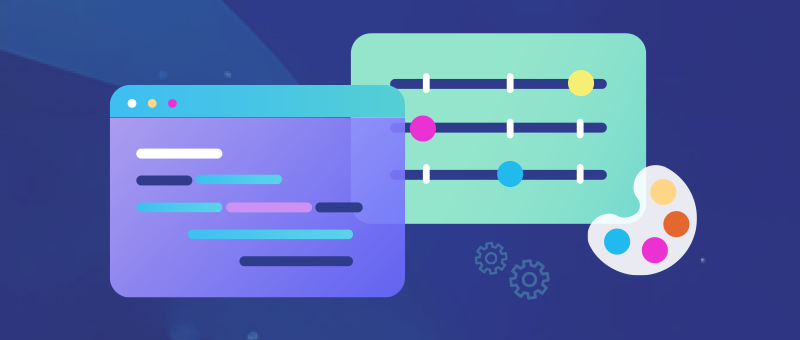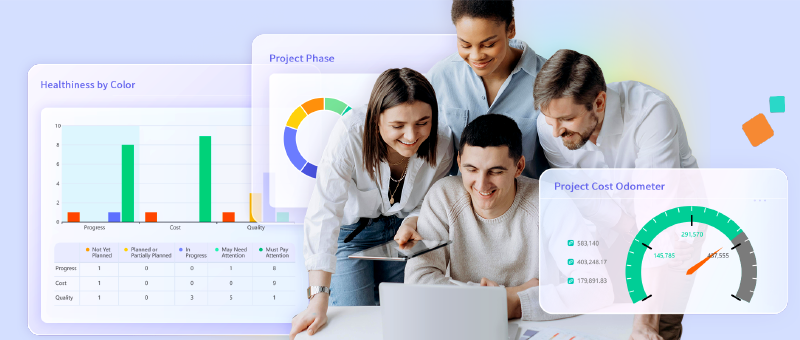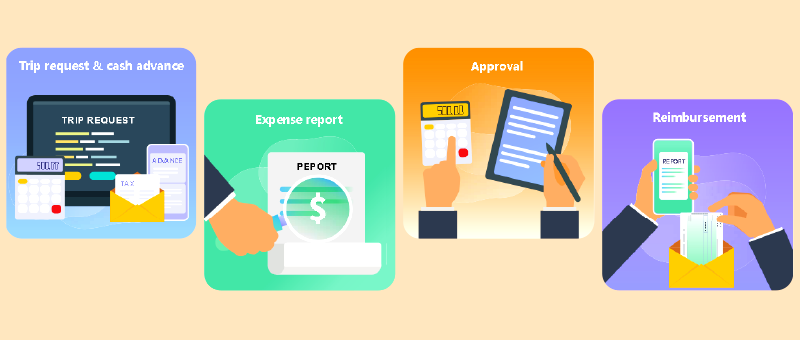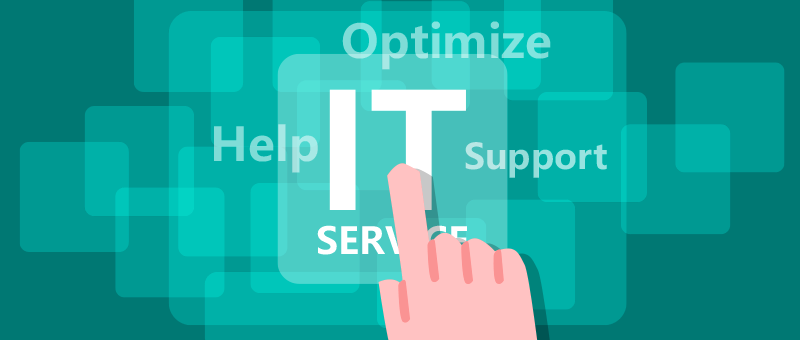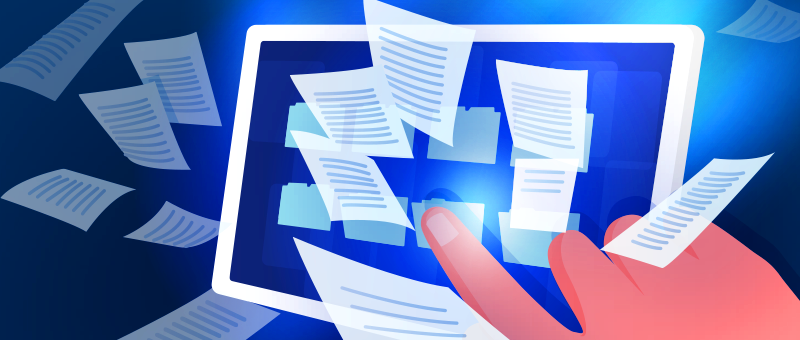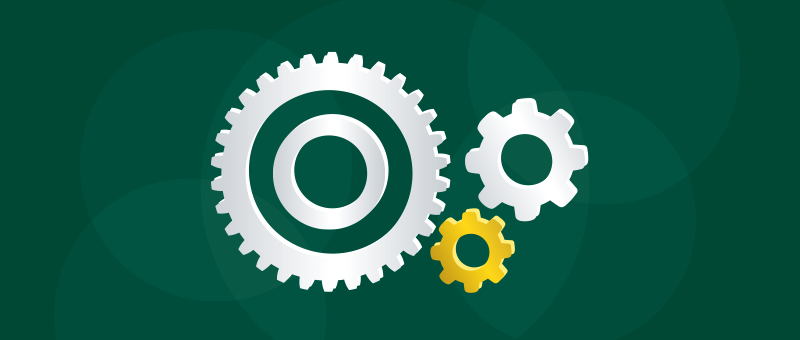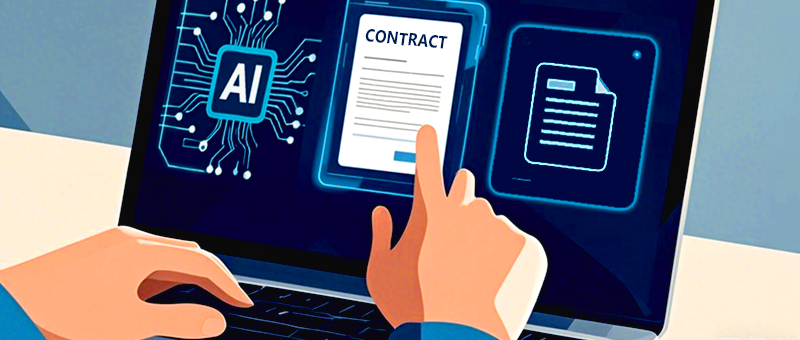8Manage IT Service Desk Solution
Challenges
The demand for IT customer support is growing faster than staffing and budget can keep up, creating a series of issues that destroy the user experience. Knowing the most common challenges can help your business address them as quickly as possible, keep your business running smoothly, and achieve levels of customer satisfaction consistently.
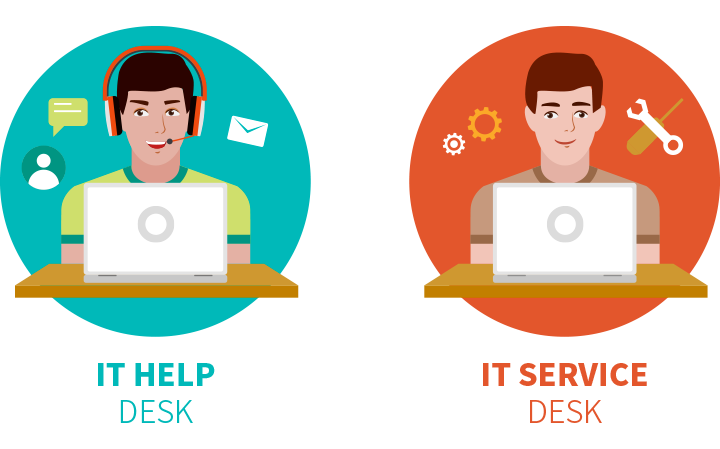
IT services are very expensive, and if there is no efficient process, it will be difficult to deal with problems and tasks in a cost-effective manner without sacrificing quality. This is because the more time customer service departments spend answering phone calls, screening email requests, and even in-person interviews, the harder it is for them to focus on problem solving.
Answering the phone is time-consuming, it quickly creates long lines of users waiting to resolve their issues, and it takes a long time to resolve them over the phone. This is not only bad for IT service personnel, but also bad for users who expect quick problem resolution. Users often wait in long lines for a long time to speak to the service staff, which makes them frustrated and dissatisfied with the service experience.
The more a business needs technology, the more dramatically the need for instant troubleshooting has increased. This can quickly become a problem if customer service receives too many applications to be processed without a necessary communication tool. For example, a TechValidate survey found that a whopping 43% of IT customer service agents use email to track user applications. The staff had to manually sort through those applications, and productivity stagnated.
Without a structured ticket pickup process and application tracking tools, the IT client department would miss the opportunity to capture data that can help identify common problems and ultimately reduce the time to resolution.
The unresolved and recurring problems are a real headache and directly related to our previous challenges. Without good records and data analysis tools, customer service cannot easily identify system problems but spend time and company resources investigating and solving the same problems again and again.
If the customer service department does not have access to valuable data, it will be difficult to develop a proper plan to address these issues and to root out common problems reported by users by reducing the number of tickets submitted.
Problems are often related to user devices, and users need to have knowledge of these assets to create solutions. Although tedious, it can teach the customer service department how to deal with specific problems.
For example, when users with the same assets call for help, past experience will allow IT customer service to resolve these issues by analyzing the service history rather than repeating the entire troubleshooting process each time. This greatly improves productivity, but a TechValidate survey found that 33 percent of IT customer service departments do not track assets. There are also tracks, but assets are often recorded on spreadsheets or outdated tools that produce unreliable information if not properly managed.
There are usually various common problems that need to be dealt with regularly by the customer service department. That is, a lot of time is wasted repeatedly processing the same process. Password resets are the biggest culprit, accounting for 20%-50% of customer service calls.
Generally, if the end user can find the correct information or utilize automated processes, these issues handled by the customer department can also be resolved by the end user. Incorrect implementation of these indeed inhibits the potential of the customer service department, incurring a lot of unnecessary costs.
8Manage Service Management helps service organizations capture, manage, save and analyze service data that is critical to them. The system provides a complete view of service business processes, helping service organizations track internal and external human resources, products, parts, warranties, service contracts, service level agreements, service addresses, service requests, service tokens and solutions.
8Manage Service Management supports data sharing across departments, such as the sales department, customer service center, technical support, field service department, spare parts warehouse, etc., and this data can be used for the work of these departments. 8Manage Service Management promotes the flow of information across departments, and coordinates the activities of external organizations such as customers, suppliers, and outsourcers in the service business process.
How much time would it save you if users could submit support tickets themselves? This drastically reduces the number of calls and emails the customer service department receives. The self-service portal not only enables users to submit tickets, but also tracks ticket status, further reducing the number of calls received by the customer service.
A good knowledge base can guide users to solve several problems, and provide technicians with a library of solutions to technical problems. You can build your own knowledge base, stuffing it with useful information that increases user autonomy while reducing problem resolution time.
8Manage Service Management can drastically reduce the number of emails received by the customer service department. If you have been looking for a customer service solution that automatically turns emails into incidents, it can meet your needs. In other words, you do not have to copy and paste emails onto the help desk.
Does your organization have many different sites? Many customer service solutions cannot track offices in different geographic locations. 8Manage Service Management provides this functionality as standard, enabling tracking of events and assets anywhere.
Service level agreements are very important to ensure customer satisfaction. 8Manage Service Management supports users to define their own service level agreements and reminds users to use notification rules when the agreements are violated.
Do you need API integration to integrate customer service solutions with third-party software? 8Manage Service Management supports the management of applications and incidents created elsewhere. If you want to migrate from your existing help desk, it will be suitable for you.
Business rules are very useful. With business rules set up, you can have each incident automatically assigned to level, priority, category, and technician. The vast majority of incidents received by the customer service solution can be handled in this way, making the help desk more effective and efficient.
Notification rules help you notify users of what happened and help technicians keep track of the status of events. This feature allows you to send confirmation receipts to the user community to let them know that you are dealing with their calls for help. You can send automatic alerts when an incident request is changed or when an incident request is assigned to a technician or team. You can also send service level agreement violation alerts.
Reporting is the core of most customer service solutions, and 8Manage Service Management provides an extremely robust reporting mechanism. You can use trend analysis to detect problems or service failures, or run 8Manage Service Management to generate reports related to technician performance or customer service department load.
You can get more from customer service solutions using the user survey function of 8Manage Service Management. If you want to know how to improve your service, ask your users for feedback. Feedback results help you shorten the time to resolve issues and provide a better overall service to your users.





